This Post May Contain Affiliate Links. Please Read Our Disclosure Policy.
This simple 5-ingredient recipe for homemade hummus without tahini is super creamy, super flavorful, and super easy to make. It comes together in a matter of minutes, and it’s naturally gluten free, dairy free, vegetarian, and vegan. Made with chickpeas, olive oil, lemon, garlic, and cumin, it’s so rich and delicious you won’t even miss the tahini!
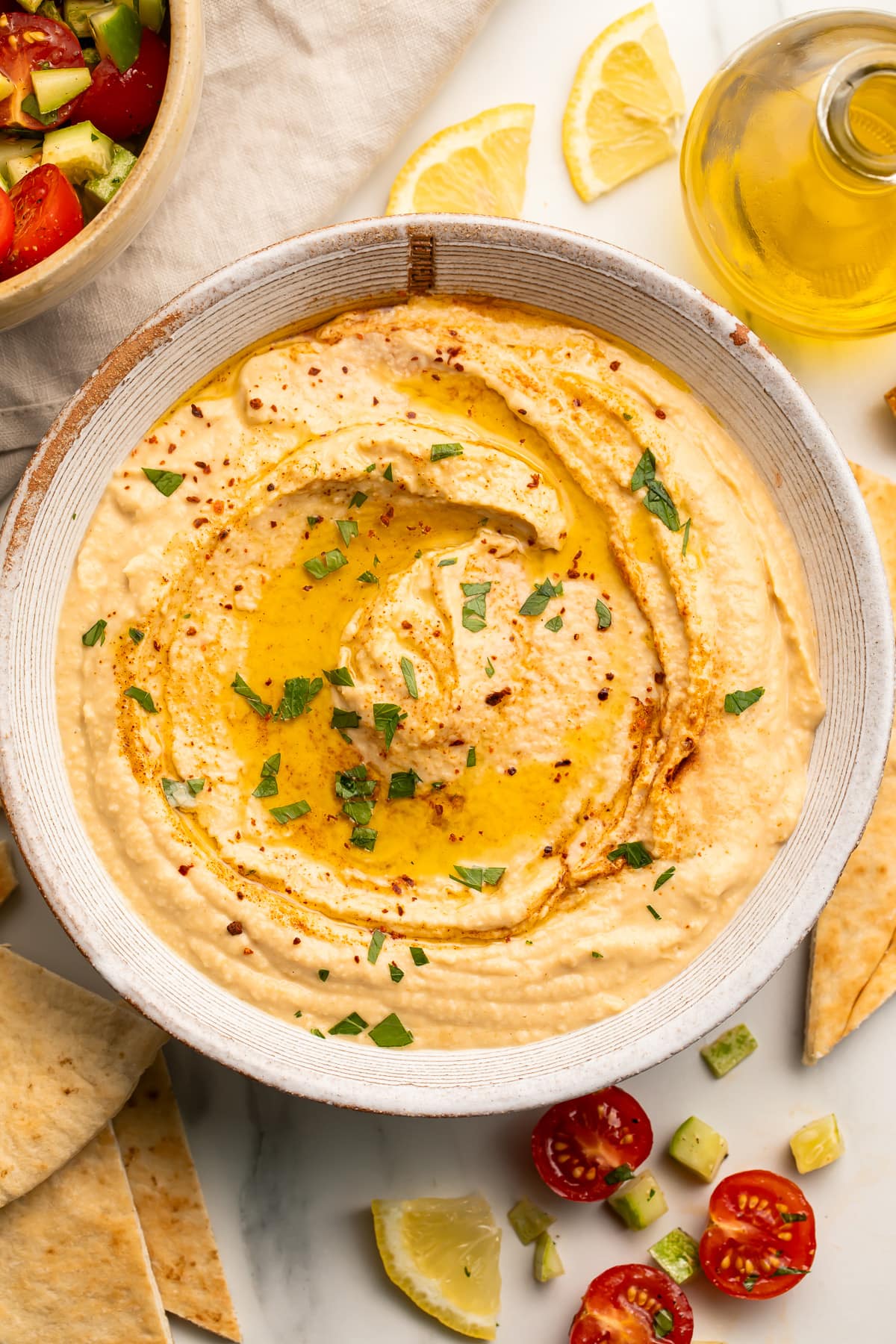
🤔 What’s Tahini? And Why Aren’t We Using It?
Tahini is a seed butter/paste made from sesame seeds and oil. It’s earthy and nutty and a little bitter, and you can easily make your own if you can’t find it at your grocery store.
You’ll find it used in savory and sweet recipes alike. Tahini works beautifully in dips and sauces, and it adds moisture and a rich flavor to cookies and breads. It’s also a pretty key component in – you guessed it – most hummus recipes.
So then why did we leave it out of this hummus? Well…
- Some people are allergic to sesame and need to avoid sesame seeds, oils, and tahini entirely.
- Sometimes you want to make hummus and you have all of the other ingredients on hand, but you’re out of tahini.
- Sometimes you want to make homemade hummus on a budget, or just don’t want to buy an expensive jar of tahini to only use a few tablespoons.
- Some people just don’t like the flavor and want to know if it’s possible to have a delicious hummus without it. Good news – IT IS!
🫒 What Makes This Recipe So Good
- Hummus without tahini is as delicious as traditional hummus, with the super creamy consistency and rich flavor you’d expect.
- It’s ridiculously easy to make, and there’s zero cooking. Just add everything to the food processor and blend ’til smooth!
- You can customize your tahini-free hummus any way you like! Roast your garlic first for a caramelized, slightly sweet flavor. Add sun-dried tomatoes and a little sun-dried tomato oil. Add a little cayenne pepper to the cumin, or replace the cumin with ginger, turmeric, and curry powder. Mix in a tablespoon of peanut butter or almond butter for a nutty flavor and extra smooth texture. Or include other vegetables or legumes like sweet potatoes, beets, roasted red peppers, avocado, spinach, butternut squash, black beans, or pumpkin purée.
👩🏼🍳 Chef’s Tips
- You really do need to use a food processor for your homemade hummus. A blender won’t handle it as well, and you may not get the creamy hummus consistency that way.
- You can enjoy your hummus without tahini as soon as it’s ready, but I encourage you to let it chill in the fridge at least 30 minutes first. That gives the ingredients time to mingle and meld, deepening the overall flavor in the dish.
- DON’T add the aquafaba (the liquid from the can of chickpeas) all at once! You likely won’t need to use all of it to thin out the hummus, and that’s totally fine. Use just enough to get the consistency you want. If you add it all at once, you’ll most likely end up with a super runny, watery batch of hummus that you may not be able to salvage.
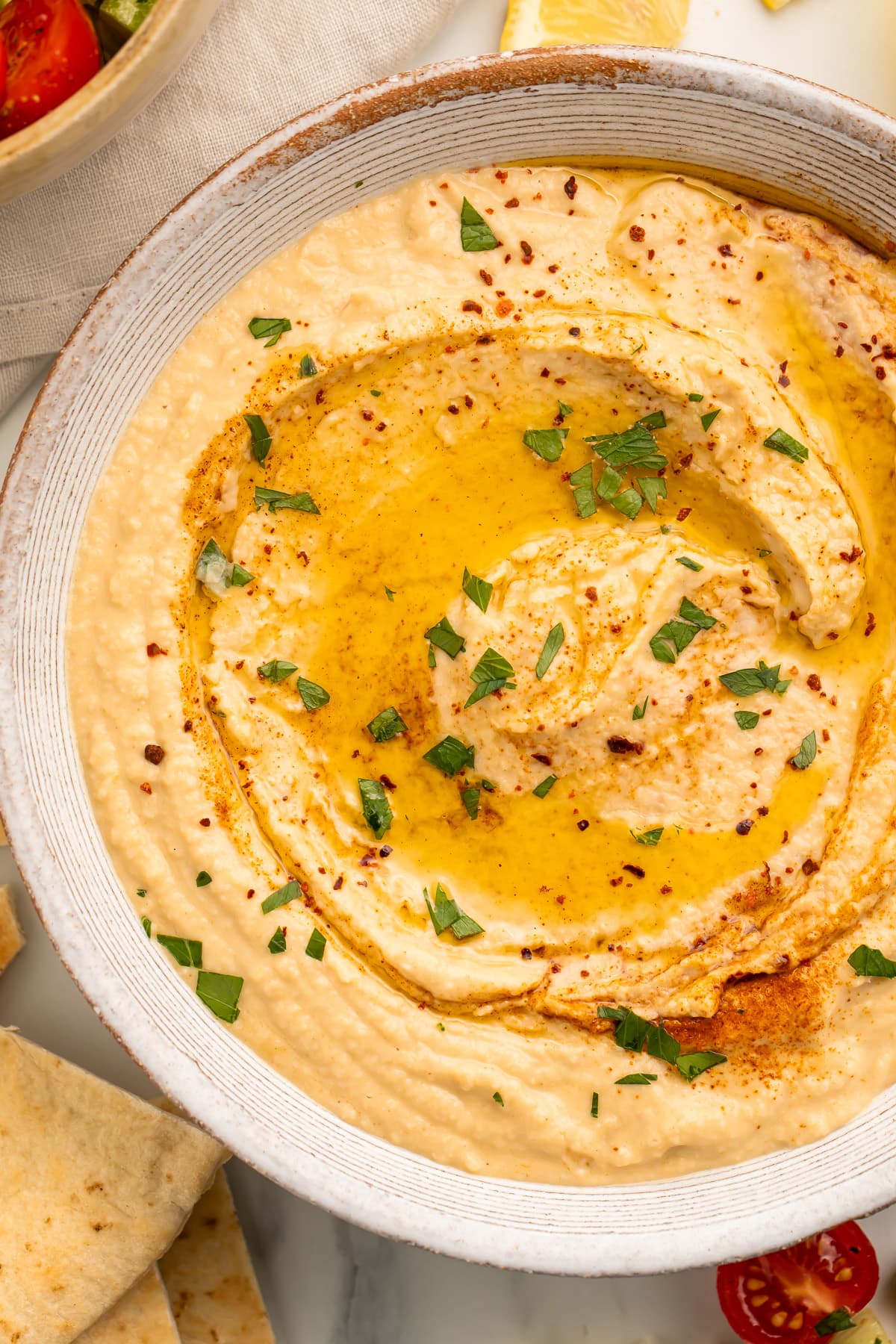
🫕 Other Dips and Spreads We Can’t Stop Eating
- Baba Ganoush
- Crockpot Baked Brie Dip
- Loaded Baked Potato Dip
- Buffalo Hummus
- Everything Bagel Dip
- Creamy Hot Crab Dip (Low Carb, Keto, Gluten Free)
- Beer Cheese Dip
- Marry-Me 7 Layer Dip
- Crockpot Queso Dip

Hummus Without Tahini
Equipment
- Food processor
- Silicone spatula
- serving bowl
- lid for serving bowl or plastic wrap to cover
Ingredients
For the Hummus
- 2 15-ounce cans garbanzo beans drained well, liquid reserved
- ¼ cup olive oil
- 4-5 tablespoons fresh lemon juice juice from approximately 2–3 medium lemons
- 3 cloves garlic pressed
- 1 teaspoon ground cumin
- salt to taste
- freshly cracked black pepper to taste
- reserved garbanzo bean liquid as needed
Serving Suggestions (All Optional)
- additional olive oil
- fresh vegetables celery sticks, carrot sticks, cucumber slices, etc.
- pita bread or pita chips
- tortilla chips or pretzels
- crostini
Instructions
- Add 2 15-ounce cans garbanzo beans, ¼ cup olive oil, 4-5 tablespoons fresh lemon juice, 3 cloves garlic, 1 teaspoon ground cumin, salt, and freshly cracked black pepper to food processor bowl.
- Secure lid on food processor. Process ingredients until fully combined into smooth mixture, pausing to scrape down sides of bowl as needed.
- Add reserved garbanzo bean liquid in small amounts as needed to thin mixture to desired consistency. Be sure to process mixture well after each addition to ensure liquid is fully absorbed.
- When satisfied with consistency, remove lid. Taste hummus and adjust salt and pepper as needed.
- When satisfied with flavor, transfer hummus to serving bowl. Cover bowl with lid or plastic wrap and refrigerate hummus at least 30 minutes.
- Just before serving, remove hummus from refrigerator and uncover. If desired, garnish hummus with swirl of additional olive oil. Serve chilled with fresh vegetables, pita bread, tortilla chips, crostini, or other dipping vessels of choice.
- The flavors in the hummus will become much more pronounced as the hummus chills and rests. Keep that in mind when adjusting the measurements of any of the ingredients.
- Salt: If your canned garbanzo beans are salted, don’t add any more salt until you’ve blended everything together and tasted the hummus.
- Leftovers: Refrigerate any leftover hummus in an airtight container up to 5 days.
Approximate Information for One Serving
Nutrition Disclaimers
Number of total servings shown is approximate. Actual number of servings will depend on your preferred portion sizes.
Nutritional values shown are general guidelines and reflect information for 1 serving using the ingredients listed, not including any optional ingredients. Actual macros may vary slightly depending on specific brands and types of ingredients used.
To determine the weight of one serving, prepare the recipe as instructed. Weigh the finished recipe, then divide the weight of the finished recipe (not including the weight of the container the food is in) by the desired number of servings. Result will be the weight of one serving.
Did You Make This Recipe?
Tag @40aprons on Instagram and be sure to leave a review on the blog post!
Never Miss A Meal!
New Recipes Straight To Your Inbox
A curated selection of our most recent recipes, delivered straight to your inbox once a week.
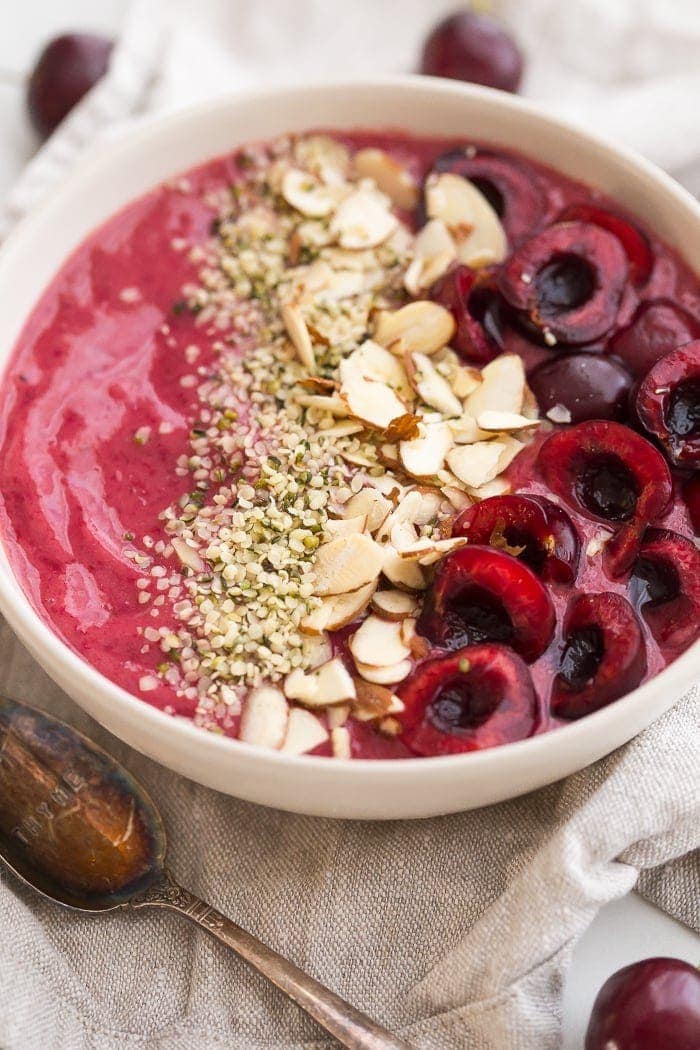

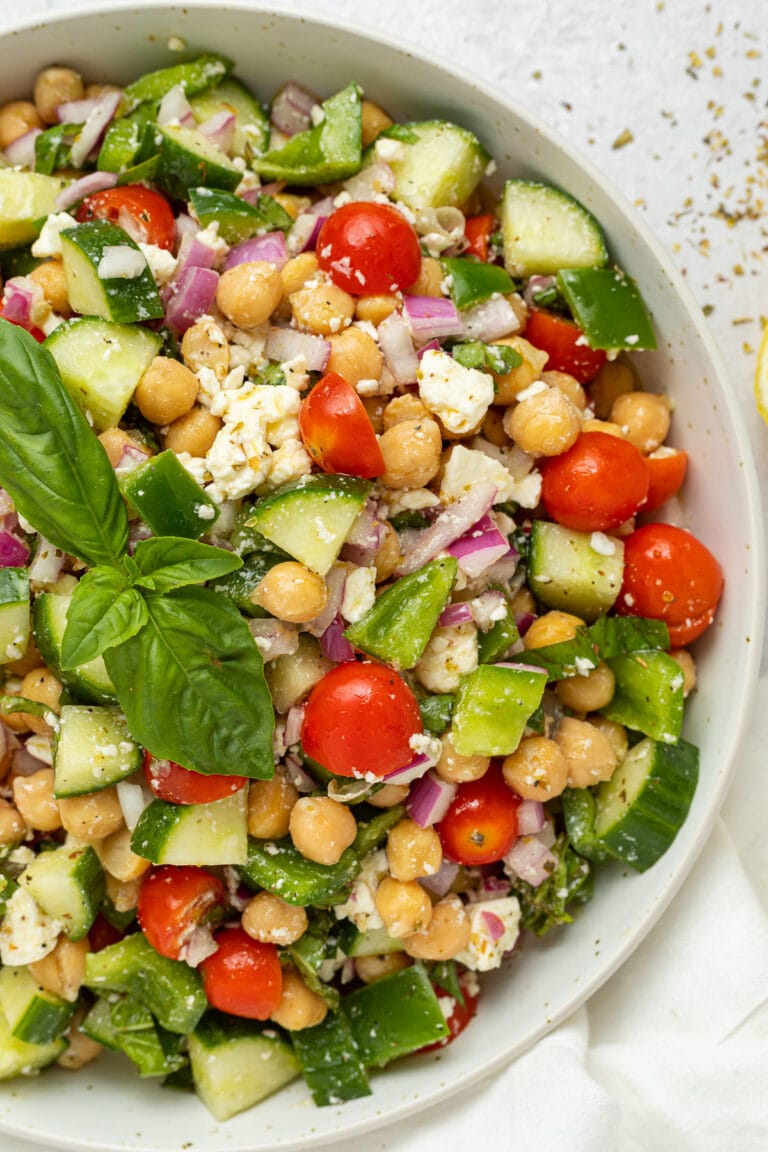
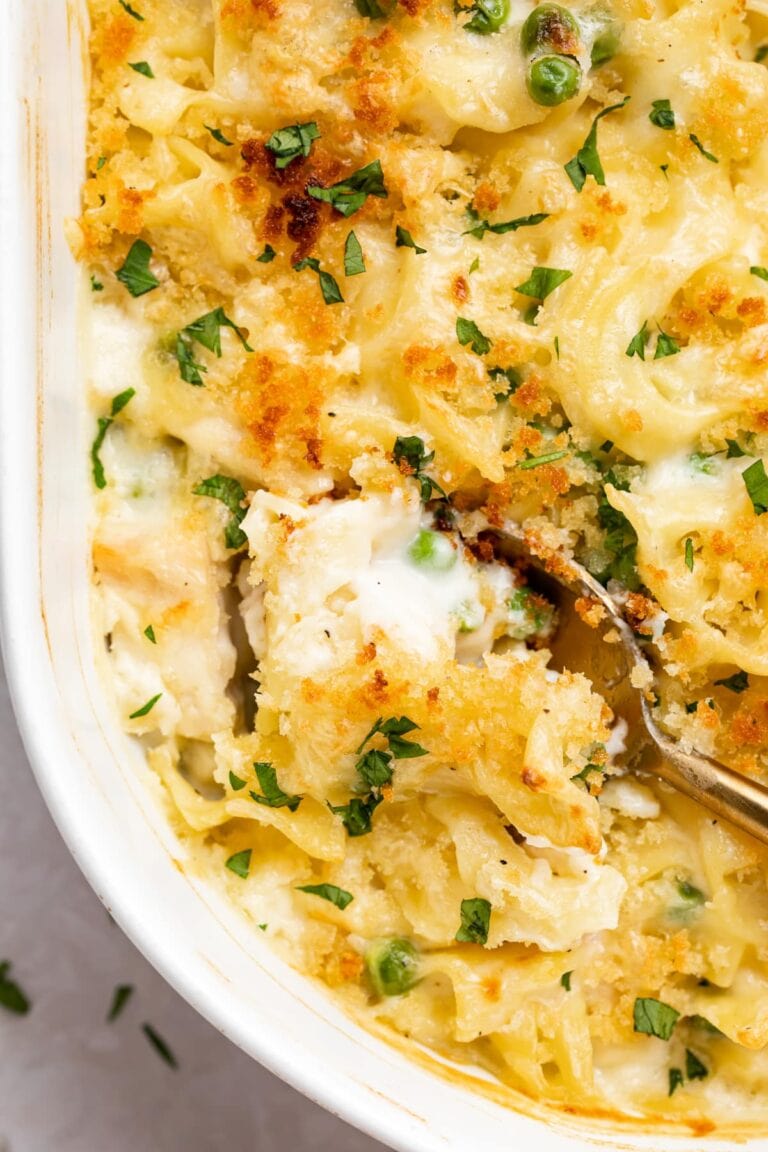
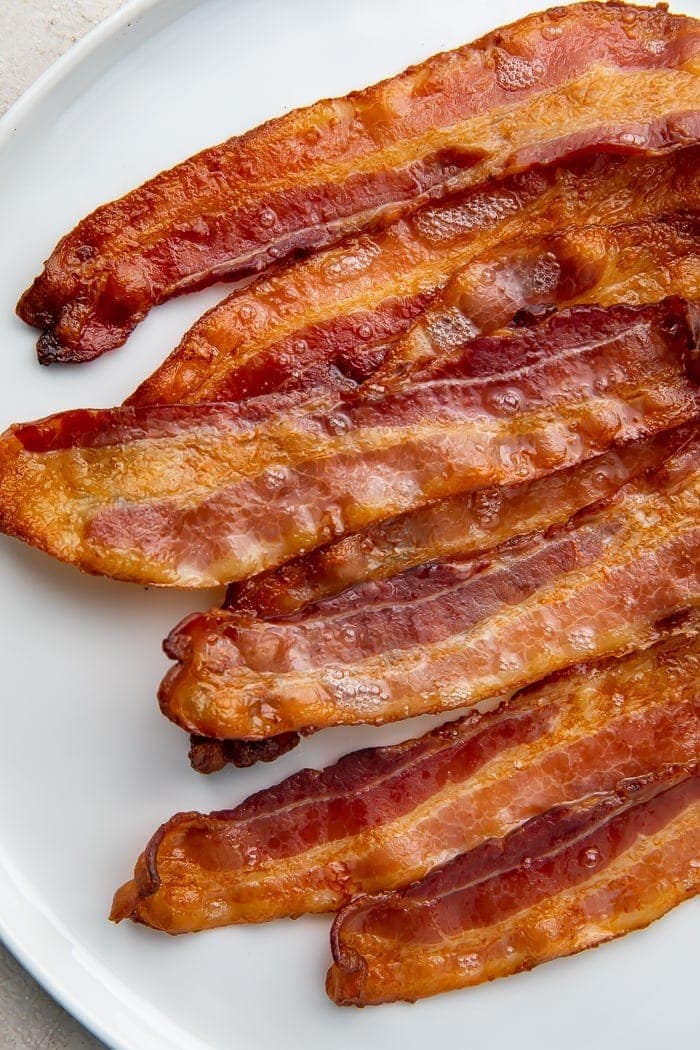











Best homemade hummus ever, better than store brand.
We’re so happy to hear this! Thanks for sharing, Norma!
I made it for lunch. I really didn’t miss the fact it didn’t have the tahini in it. I just reduce the amount because it was just for one person (me).
Thanks for sharing, Tyannah! 😊